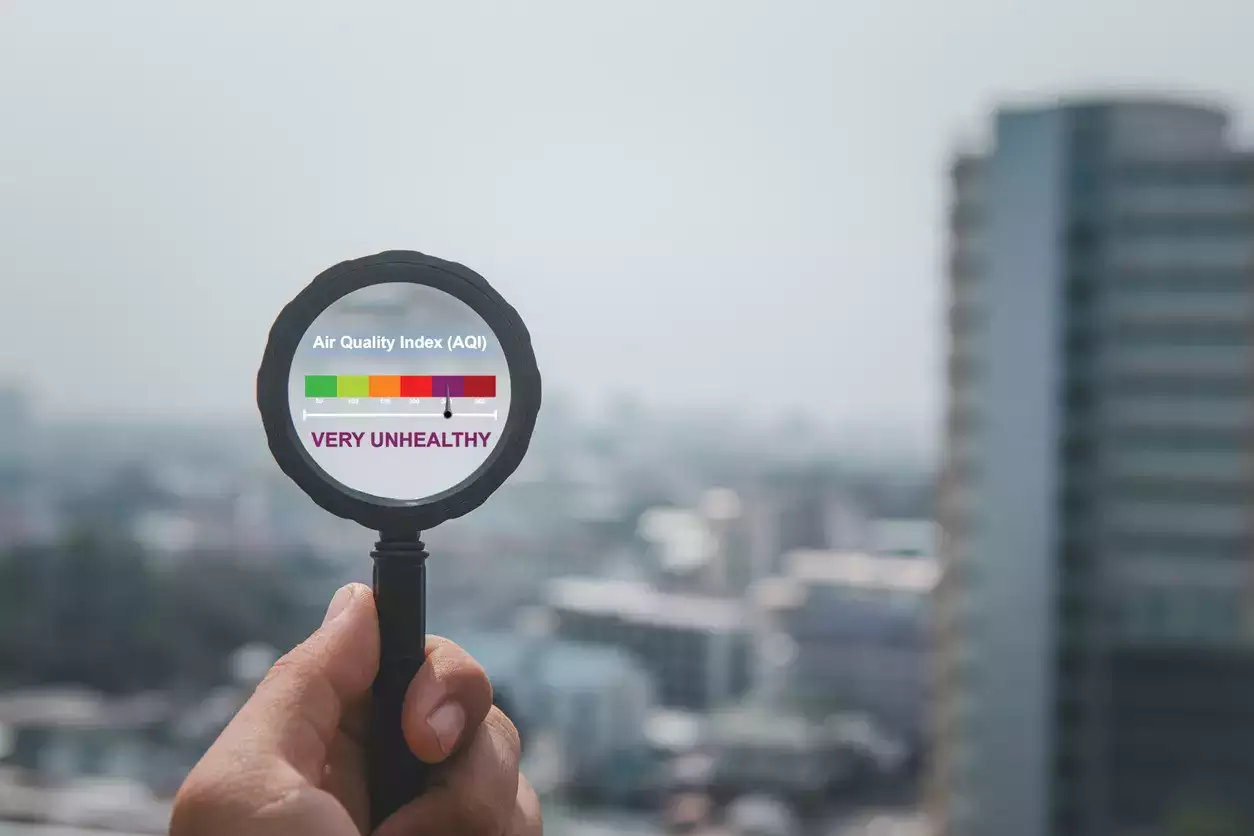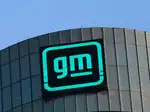GRAP-II on since Oct 22, AQI stays in upper end of 'v poor' at most hotspots

According to officials, they successfully addressed 10 major pollution sources in the previous year.
An analysis by Delhi Pollution Control Committee has revealed that after GRAP Stage-II came into force on Oct 22, the average AQI has remained in the upper end of the 'very poor' range across most of the 13 identified pollution hotspots. From Oct 22 to Nov 11, data showed Anand Vihar registering the highest average AQI of 394, with Jahangirpuri following at 376.
During a review meeting on air pollution held by Commission for Air Quality Management (CAQM) on Nov 8, Delhi environment department said that out of 57 sources, the highest were identified at Mundka and Anand Vihar, which was seven each.
A senior official said a fresh mapping of sources was done ahead of this winter, along with a survey on the old sources existing at the hotspots. "We have revised the sources at each hotspot. The new sources have been shared with agencies concerned... to resolve the issues soon," the official said.
At Anand Vihar, the pollution sources include a damaged road at the bus station, congestion on Chaudhary Charan Singh Marg, a construction site, a broken divider under the foot overbridge and roadside dust. Jahangirpuri's five major pollution sources are biomass burning, heavy congestion and road dust, Bhalswa sanitary landfill, a construction site and an unpaved road, construction and demolition plant, and DMRC casting plant.
Anumita Roychowdhury, executive director for research and advocacy at Centre for Science and Environment (CSE), said: "It is important to take hyperlocal action at hotspots.... This may lead to some local reduction. For sustained improvement, we need to scale up city-wide action for overall improvement in air quality."
An official of the environment department said 10% of Delhi's total water sprinklers and mechanised road sweepers have been deployed at these 13 hotspots. Twenty-two water sprinklers and eight out of 85 mechanised road sweeping machines have been deployed in the hotspots. A total of 60 anti-mobile smog guns have also been deployed. Besides, 84 enforcement teams of traffic police are on the ground.
Delhi Pollution Control Committee and Central Pollution Control Board identified 13 pollution hotspots in 2018. Hotspots are defined as those whose annual PM2.5 concentration was higher than the mean PM2.5 levels of the city. These are Anand Vihar, Mundka, Wazirpur, Jahangirpuri, RK Puram, Rohini, Punjabi Bagh, Okhla, Bawana, Vivek Vihar, Narela, Ashok Vihar, and Dwarka.

